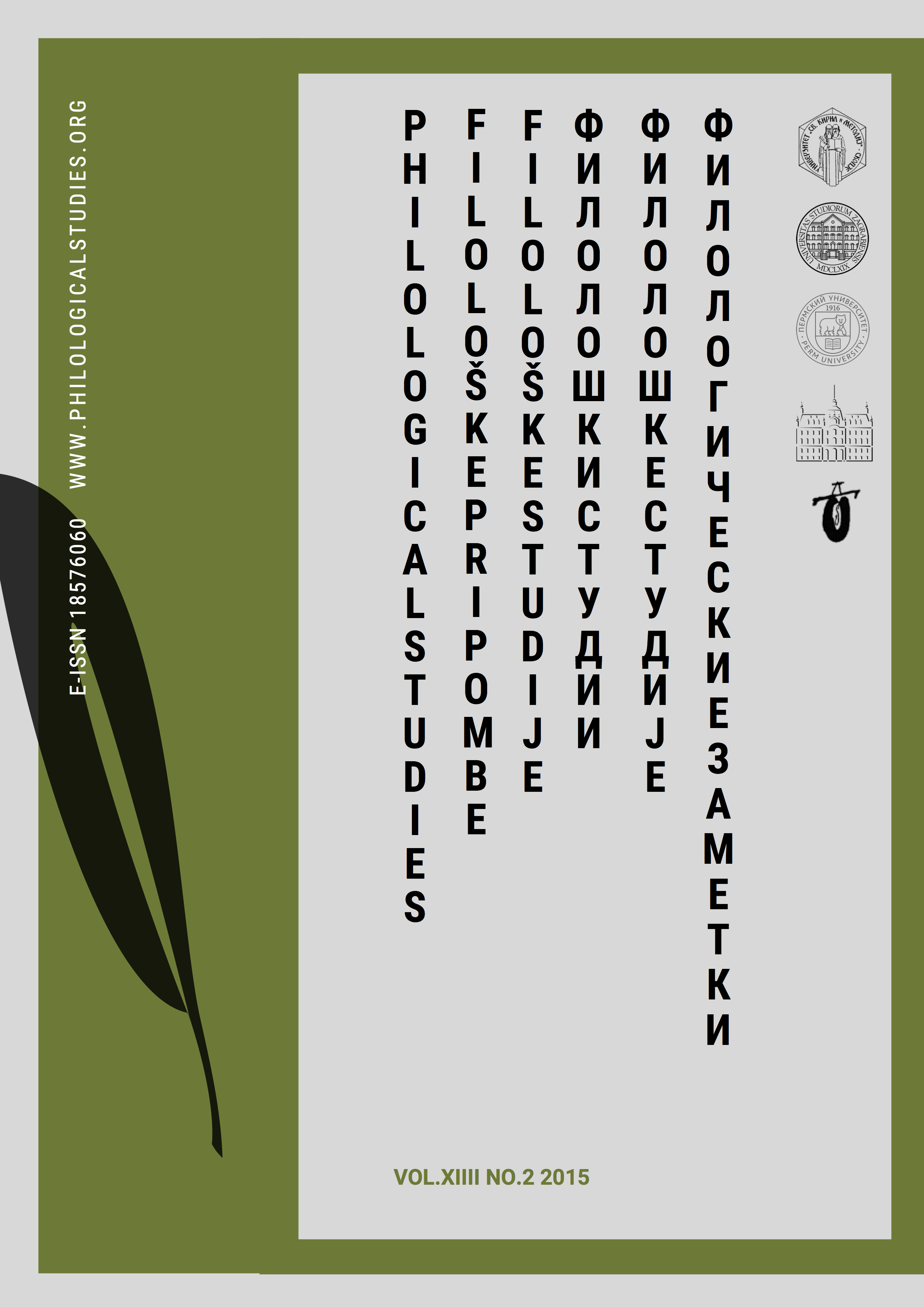PREVAJANJE IN ADAPTIRANJE SRPSKOHRVAŠKEGA ASIMETRIČNEGA DESETERCA V SLOVENŠČINO
Keywords:
comparative metrics, syllabotonic verse, syllabic verse, trochaic phrasing, caesura, zeugmaAbstract
Slovene translations of serbian epic folk songs, written in scr. »deseterac« metrum, began in 1832 with the translation of Hasanaginica; this and all the following translations were made in trochaic decasyllable. The comparison of four slovene translations (Hasanaginica 1832, Marko Kraljevič i Musa kesedžija 1852, Kraljević Marko ukida svabarinu 1858, Zidanje Ravanice 1889) with serbian original corpus (Stefanović 1992) shows substantial changes in all four rhythmic constants and tendencies of scr. deseterac. These four parameter are: 1) only a slight tendency towards trochaic accentual rhythm (− U− U− U− U− U) up to the 6th syllable; 2) trochaic phrasing: majority of the boundaries between accentual-units (accented word pluc clitics) fall on foot boundaries and very rarely in the middle of the foot; 3) caesura - a compulsary (100 %) accentual-unit boundary after 4th syllable; 4) two zeugmas: third and 4th syllable belong to same accentual-unit; so do 9 th and 10th syllable. Slovene trochaic decasyllable is just the opposite: 1) accentuation of strong and weak positions is strongly trochaic; 2) trochaic phrasing is weaker; 3) it has only tendency towards caesrua; 4) the first zevgma is abandoned. – In slovene verse only the accents are promoinent factors of rhythm.
Downloads
Downloads
Published
Issue
Section
License
Philological studies © 2019. This work is licensed under a Creative Commons Attribution-Noncommercial-No Derivative Works 3.0 Unported License


